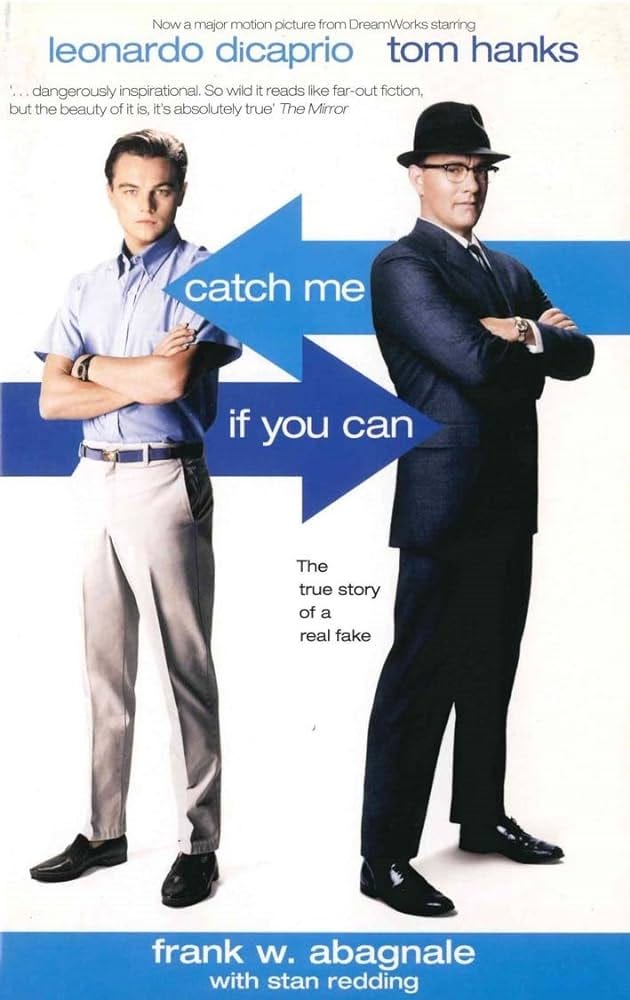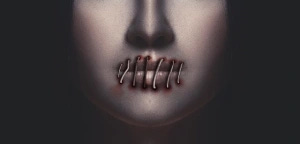If you seek unconventional insights on well-being + optimal human functioning, subscribe today. Provoked has readers in all 50 US states + 102 countries. Be a paid member and join the Ask Me Anything Zoom call May 30th, 8pm EST.
It is broadly accepted and legally protected (at least in the United States) that it is wrong to discriminate on the basis of sex, race, ethnicity, age, disability, sexual orientation, and religion. Now how that plays in practice is contentious, with plenty of camps disagreeing about the exact same data.
Let me share one rarely discussed study that I simply cannot stop thinking about since I read it a few years ago…
A Really Cool Study on Racial Biases
When there is mention of modern day prejudice, I pay attention to behavioral evidence - because our memories are reconstructed and our perceptions are often distorted. A few researchers wanted to know if explicit racial biases exist in the niche marketplace of selling a single baseball card on eBay. It was pretty innovative. Provide the same exact posting from a seller with only one modification: the race of the person holding the baseball card. Even better, to avoid judgments about physical attractiveness, the only visible body part was fingers. Here are examples of the benign postings.
Selling a 1989 baseball card held by the fingers of a White man.
Selling a 2004 held by the fingers of a Black man.
Some more impressive details of this study. They didn’t make two postings on eBay. Over two weeks, they posted 394 baseball card auctions online! To make these auctions attractive and appealing to a wide swath of interested users, they only sold “modest-value cards.” As for seller accounts, they made sure the locations seemed benign (New Haven or Seattle) and similarly for the names (e.g., J. Brown, C. McDowell, M. Bruton, I. Ayres). This helped circumvent the issue of how employers discriminated against Black-sounding names (for details - link).
What did they find?
94% of the cards sold received a winning bid at or above the initial price.
Of those with no bids, 11 were held by Black hands and 13 by White hands. So no racial differences.
Baseball cards auctioned sold for roughly 20% less when held by a Black hand than when held by a White hand.
Depending on your orientation, you might view this as problematic or normal. For me, a willingness to pay 20% less is a meaningful, real-world number. Think of this another way. If this is your side hustle, merely swap the photos so that there is always a White hand holding the merchandise and bam! Your profits just soared 20%! To me, that’s a bit fucked up.
This is the kind of study that media attends to because it is no longer socially acceptable or legally allowed to discriminate according to race. An examination of what happens on eBay is interesting because it falls just outside the scope of the legal system.
Which raises the question - are there other groups of people where it is still relatively acceptable to discriminate against? The answer is yes.
The Unearned Benefits of Being Physically Attractive
It's an uncomfortable truth, but physical attractiveness matters. Whether we like it or not, our looks play an influential role in shaping our social interactions and opportunities. You know this! But let some scientists bring this obvious fact to life:
In a democracy we like to feel that with hard work and a good deal of motivation, a person can accomplish almost anything. But, alas, (most of us believe), hard work cannot make an ugly woman beautiful. Because of this suspicion perhaps most social psychologists implicitly prefer to believe that beauty if indeed only skin deep - and avoid the investigation of its social impact for fear they might learn otherwise.
In one of the earliest studies from the 1960's, researchers played matchmaker at a dance. The only thing that got people’s hearts racing on the dance floor with a strong desire for a second date was, you guessed it, a pretty face. Another investigation found that physical attractiveness was a whopping .89 correlation! And yet another clocked it with a .69 correlation. So, it turns out, our adoration for good looks often outshines any shared interests or admirable virtues.
Despite our claims that we don’t “judge a book by its cover” the evidence says otherwise. This happens in two primary ways.
Pathway 1: Attractive People Are Viewed as Awesome in Nearly Everything
Studies show that we instinctively attribute positive traits to attractive people. They're often seen as more intelligent, sociable, and well-adjusted than their less attractive counterparts. This phenomenon, known as the halo effect, is so ingrained that even newborn babies are not exempt from it. Studies show that attractive infants receive more affection and attention from strangers and even their own mothers!
In case you think this is an American phenomenon, do know that physically attractive men and women are deemed awesome in completely unrelated positive qualities in all 11 regions of the world:
Just check out men and women in Scandinavia - .72 and .74 correlations between how attractive they are and their trustworthiness! If you want to dupe somebody, make sure the con-artist is good looking…

The impact of these biases extends far beyond social situations and has tangible real-world consequences. Economists found that physically attractive people earn roughly 12% more than those deemed unattractive. In court, attractive defendants receive lighter sentences, unless their looks were directly linked to commit crimes. And then there’s what happens to kids in the classroom:
Evidence of a posJt1ve relationship between physical attractiveness and perceptions of intellectual potential takes on special significance when viewed in the light of the findings which demonstrate that there is a positive relationship between a teacher's attitude toward a student and the student’s subsequent performance (e.g. Polardy, 1969; Rist, 1970, Rosenthal and Jacobson, 1968)
Pathway 2: People Work Hard to Manipulate Their Looks
Though we may pretend to shudder at the use of terms such as 'ugly' or 'unattractive', it doesn’t stop the discrimination. We may not voice it out loud, but society penalizes those judged to deviate from conventional beauty standards. We discriminate regularly on this socially acceptable dimension. This bias is so pervasive that it could be considered one of the last socially acceptable forms of discrimination.
Knowing this, we do not lie quietly and accept this fate. Nope. We humans, ever adaptive, become masterful in the art of aesthetic enhancement. Our indulgent rituals speak for themselves. Our bathrooms become laboratories, where shaving foam, toothpaste, and an array of cosmetics are measured in proper doses before application. We wield mascara wands and lipstick tubes, painting our faces with precision, modifying our hair with a fair share of gels, sprays, and dyes, in a bid to outsmart our genetic hand.
Our physical presentation is tailored to fit specific situations and roles. The aesthetic choices of a ballet dancer significantly diverge from those of a IT worker attached to a keyboard for eight hours, five days per week.
This isn't mere vanity; it's survival of the prettiest. It's our silent rebellion against a nearly universal prejudice. But here's the twist: those who are considered most beautiful, like professional models, are often the ones most negatively affected.
Researchers find that teachers, nannies, veterinarians, and restaurant managers tend to experience higher levels of life satisfaction, more apt to self-actualize, and find it easier to satisfy basic psychological needs (for autonomy, belonging, and competence) than fashion models. Why? Because when the most redeeming quality of a multi-dimensional identity is physical attractiveness, the treadmill of trying to keep that desirability above threshold is both daunting and psychically damaging.
Coda
The worst thing we can do is pretend these biases and downstream discriminatory acts do not exist.
Trust those who recognize them.
Question those who deny them.
And strive, with intention, to minimize them.
If you liked this post, leave a ❤️. Even better, share this conversation and comment with thoughts, questions, or beefs. I love hearing from readers.
And let’s connect on: Twitter or Facebook or LinkedIn or Instagram.
Todd B. Kashdan is an author of several books including The Upside of Your Dark Side (Penguin) and The Art of Insubordination: How to Dissent and Defy Effectively (Avery/Penguin) and Professor of Psychology and Leader of The Well-Being Laboratory at George Mason University.
Read Past Issues Here Including:
How People React to My Sexual Assault
When I mention what happened to me there are ways people typically respond. It could have been worse. It didn’t happen. Stop making shit up. That doesn’t make sense. Look how big you are…







The discussion about physical attractiveness reminds me of research by Dr. K. Bogart, a psychologist who researches facial differences. Check out her article here:
https://www.psychologytoday.com/ca/blog/disability-is-diversity/202305/disclosing-the-obvious-explaining-facial-differences
Great post.
Funnily enough, Maslow seemed to be plagued by the attractive-people-are-amazing bias too.
In some of his personal reflections on he students he identified as self-actualizers he wrote: “how come I pick so many more girls than boys?”, and, “how come they’re all very pretty?” 😂